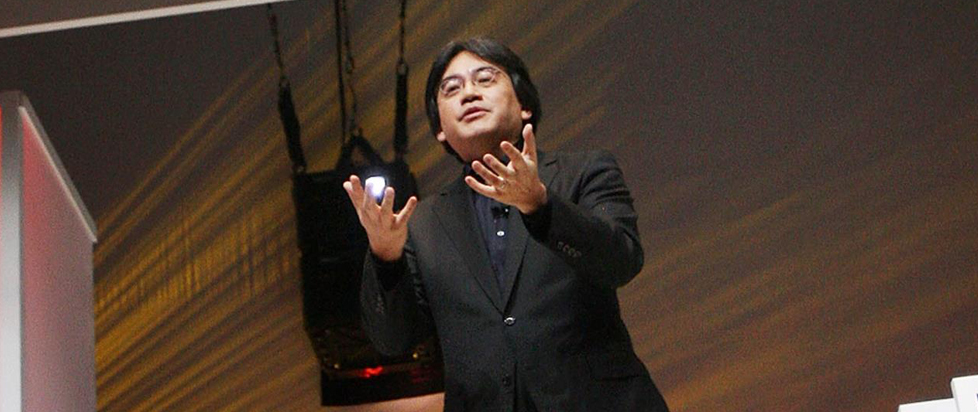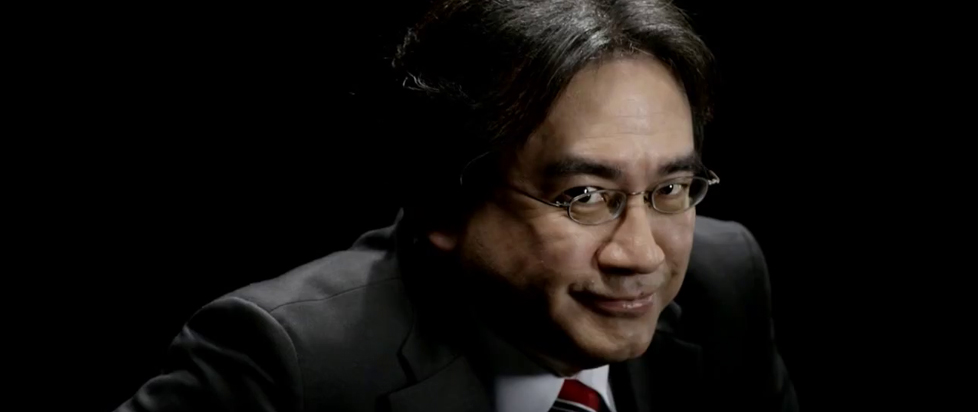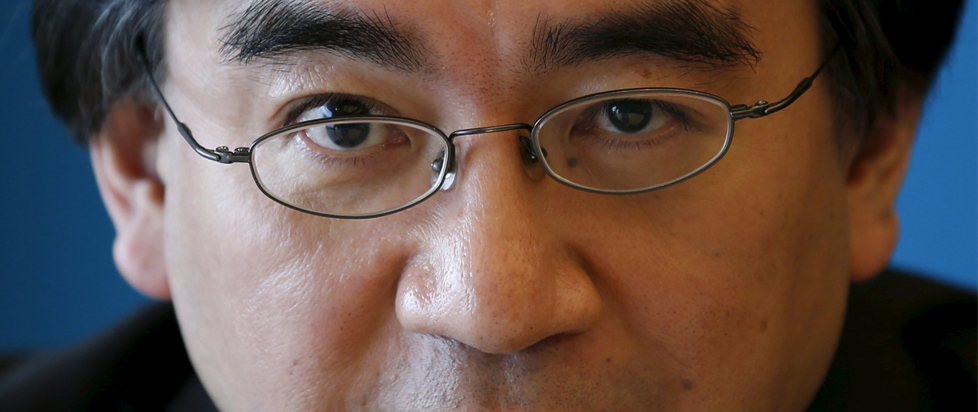
Satoru Iwata: A Poetic Programmer
Nintendo President Satoru Iwata has passed and so many have already written beautifully about the man. Brace yourself and read Earthbound creator Shigesato Itoi’s heartbreaking reflection on his friend’s death, or play Hirokazu “Hip” Tanaka’s beautiful musical tribute to the man a few (dozen) times. Both are worthy of your attention.
I never met Iwata, but when my brain does kick in, I unexpectedly go back to his address at the 2006 Game Developer’s Conference, when he described the philosophy of Nintendo’s approach to hardware development. Rather than rely on the buttons and sticks of the past, Iwata challenged designers to think of the new things they could build with a touch-enabled screen and a motion-sensing remote control.
“This new approach is like stepping onto an unexplored continent for the first time, with all the potential for discovery that suggests,” he said. “Our path is not linear, but dynamic.”
Our path isn’t linear, but dynamic. If ever there was a poetic programmer, Iwata was it. In some ways, he was like Mario creator Shigeru Miyamoto. He didn’t see restrictions, but possibility. And he saw possibility everywhere, in places where some of gaming’s most creative and highly lauded dreamers couldn’t.
He saved the development of Earthbound, a mess of jumbled code before Iwata showed up and made it capable of expressing Itoi’s brilliant and surreal adventure. He saved Balloon Fight on the NES, turning what could’ve been a mere copy of Joust into a charming, ridiculous classic that still elicits smiles today.
He reprogrammed Pokémon Gold/Silver to the point where Game Freak could actually add the entire world of the previous Pokémon games onto a single Game Boy cartridge as a bonus. In one week, he parsed and ported the battle logic of the series to the Nintendo 64 for Pokémon Stadium – without the help of any design documents.
Iwata was the ultimate enabler, providing Nintendo the ability to turn ideas into digital reality even when a project just didn’t seem like it was going to cross the finish line.
He helped give the world Kirby, a malleable pink puffball that came to embody the best of Nintendo’s experimental qualities, remaining capable to this day of taking on any shape necessary in order to keep inspiring joy.
And at a time when those in the gaming industry were content with one-upping each other with better graphics and processing speed, Iwata saw the expansive world that could be unlocked by triggering the collective imagination instead of scratching the itch for more computing power. The technically less impressive Nintendo DS and Wii made not only enthusiasts, but also the masses, excited about playing videogames by harnessing the universal appeal of touch, the thrilling feeling of moving your hand through the air and watching a character smack a tennis ball onscreen.
More than anything else, that’s what Iwata empowered Nintendo to do under his leadership: fill players’ hearts with joy and open them up to possibility. All I can say is thank you, and that I think I do understand just how meaningful that was.
———
Jordan Mammo is a dance machine whose moves have appeared in the likes of Kill Screen and Paste Magazine, as well as a few too many karaoke bars. Sometimes he actually plays videogames. Follow him on Twitter @jordanmammo.



